Do you know what it means to expand your business based on organic growth? It’s an incredible way to increase revenue by maximizing your internal resources.
Some examples of organic growth include expanding your sales team, offering a more extensive menu of services, strategically increasing your prices, adding new clients, and developing business by drawing from your existing clients.
Here are some tips that help avoid common pitfalls that can hamper organic growth:
- One common pitfall many client-driven businesses make is to pursue all potential new client opportunities with equal vigor. But the truth is, not all new business opportunities are created equal. For example, RFPs (Requests for Proposals) are often time-consuming and intrusive, with a low probability of turning into a win, and they’re often a necessary evil in drumming up new business. In order to deliver a knockout RFP, you would need to disclose a wealth of information that many private businesses would prefer not to reveal, hence the intrusive nature of the information gathering. Suppose the RFP is for a government entity. In that case, the RFP information is often disclosed publicly, and the probability of winning is usually low because it may be a "cattle call" or an RFP process that includes dozens of businesses and several rounds of new business pitches. In many cases, without you knowing, the outcome may already be preordained, thus making the RFP a formality only and a colossal waste of time for you. Before throwing your name in the hat for an RFP, gather as much intelligence as possible (qualify the opportunity) to ascertain whether the time and effort necessary for the application process are warranted.
- A corollary to being judicious in pursuing new business prospects is to avoid giving away your firm's intellectual property during the pitch process. When pursuing a unique client opportunity, most firms provide a sample of their work or explain how to solve a client's challenges. I have firsthand experience with potential clients pilfering the playbook outlined during the pitch process and implementing it with their internal staff. It's neither ethical nor expected, but it does happen occasionally. Putting the firm's best foot forward is crucial to success, but a flavor of the firm's knowledge and the proprietary process is sufficient to whet a potential client's appetite.
- You’re missing a massive opportunity by neglecting existing client expansion. While expanding business with existing clients is less glamorous than the thrill of the hunt when tracking a shiny new client, it can be a slam dunk in many instances. Existing clients know your firm well and are presumably pleased with your service. The effort required to grow existing clients is generally considerably less than bringing in a new client. Clients who are particularly delighted with your firm's performance will sometimes hand an incremental piece of business to your firm outright without the typical machinations. Moreover, loyal, existing clients are more likely to take a chance on a new service offering from your firm because of the synergistic relationship. During my twenty-four years as a CFO, the most significant revenue gains occurred when existing client growth was robust.
In summary, organic growth presents many opportunities for increasing your company's revenues. Beware of devoting your firm's time, energy, and money to prospects likely to usurp your resources excessively with a low probability of success. Protect your intellectual capital during the potential client pitch process. Only give away a sampling of your firm's genius before you win the business. Lastly, respect and exploit the underappreciated organic growth process of augmenting revenues with existing clients. The benefits will significantly outweigh the costs.







